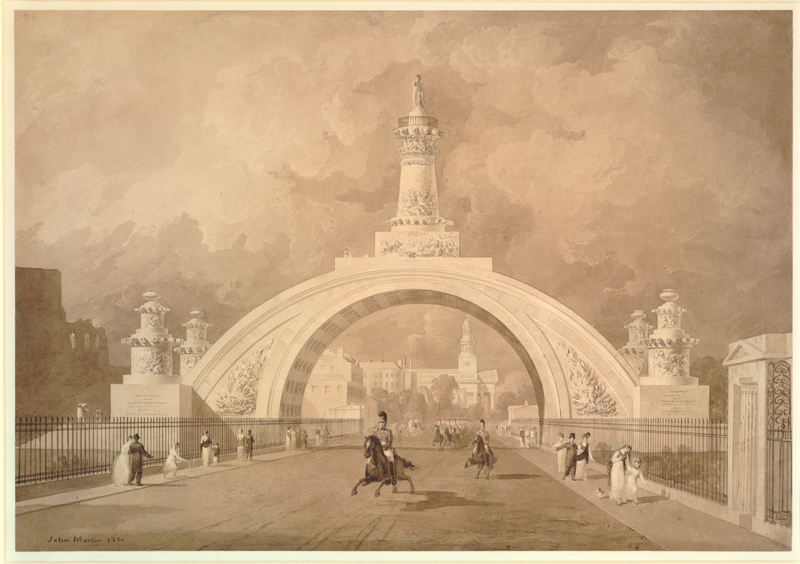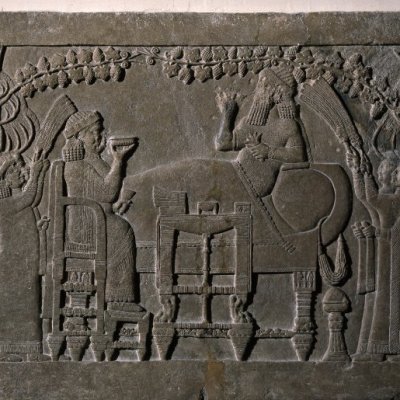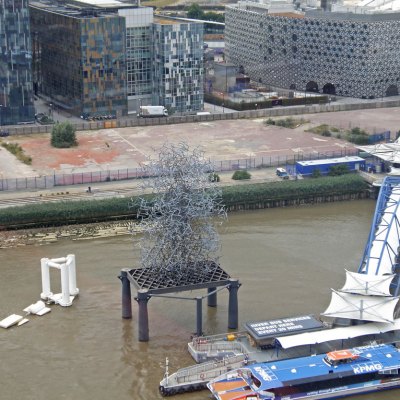From the June issue of Apollo: preview and subscribe here
One of the bloodiest battles in European history was fought 200 years ago, on 18 June. If you visit the site today, near the village of Waterloo to the south of Brussels, there is little tangible evidence that Great Britain was on the winning side, or that the victorious commander was the Duke of Wellington. Over 100 small memorials to regiments and to important individual casualties can be found across the large expanse of land where some 50,000 men became casualties, including a column raised to the glory of Victor Hugo, who merely wrote about the battle. There is even a small modern (terrible) statue of the Emperor Napoleon, but no statue of Wellington and no memorial to the thousands of British troops who fought and died there.
‘There is little evidence that Great Britain was on the winning side’
The most conspicuous monument is the Butte du Lion, a huge conical mound of earth, 141 feet high, completed in 1826 and topped by a giant cast-iron lion. Although intended as a symbol of the Allied victory, it was erected by order of the King of the Netherlands to mark the spot where his son, the Prince of Orange, was knocked off his horse by a musket ball. To create this monument, which was inspired by prehistoric burial mounds, a huge amount of topsoil had to be removed from the area, eliminating the ridge and sunken road where Wellington deployed his forces (according to Hugo, the Duke later complained that ‘They have altered my field of battle!’).
Early prints and old postcards of Waterloo often depict ‘les trois monuments’, with the Dutch mound in the distance and, in the foreground two rather different memorials. One, a broken column, was raised in 1817 in memory of Lt-Col. Sir Alexander Gordon, who was killed at Wellington’s side during the battle. The other is a neo-Egyptian pylon erected the following year to the Hanoverian dead of the King’s German Legion, which played such an important role in the conflict. Today, however, what is more conspicuous is the circular building, a diorama, erected in 1912 at the foot of the Butte du Lion to show the panoramic canvas by Louis Dumoulin depicting the battle, which – along with much else at Waterloo – contrives to give the impression that it was the French who triumphed.
The British dead were eventually honoured in Belgium in 1890 when, by order of Queen Victoria, an extraordinary and rather creepy Rodinesque monument by the Belgian sculptor Jacques de Lalaing was raised over a tomb in the Brussels Cemetery in Evere, to which the bodies of some officers and men were transferred. But, back in Britain, there was no official Waterloo memorial at all.
One explanation for this conspicuous omission is parsimony. It took over two decades to erect a columnar memorial to Nelson in the new Trafalgar Square (which King William IV would have preferred to have been named after himself). And only later, after his unsatisfactory term as Prime Minister, did the many statues of Wellington begin to appear. But there may have been deeper reasons. Many were ambivalent about the final defeat of Napoleon and his replacement by the reactionary Bourbons. And others were horrified by the scale of the slaughter, especially the many who visited the field of Waterloo soon after. There was also the fact that it was not a purely British victory (too often forgotten today). British troops numbered less than half of the Allied forces under Wellington’s command; the rest were Dutch, Belgian and German – and, after all, it was the arrival of the Prussians under Blücher late in the day that finally clinched the victory.
John Martin’s design of 1820 for a national monument to commemorate the battle of Waterloo © The Trustees of the British Museum

For whatever reason, although the victory at Waterloo was celebrated, the British government did not attempt to commission a memorial to it in the dark and difficult years after 1815. Architects, needless to say, nevertheless thought there ought to be one. Sir John Soane designed a national memorial to Trafalgar and Waterloo in 1816, and proposed triumphal arches elsewhere. More interesting is the project by the visionary artist and would-be town planner, John Martin, for a Waterloo memorial arch across the Marylebone Road at the top of Portland Place, which he exhibited at the Royal Academy in 1820. But all such schemes remained on paper and, in the event, the only memorial to Waterloo in London is a painting: one of the two huge murals completed in 1861 by Daniel Maclise in the Royal Gallery in the New Palace of Westminster (see Martin Oldham’s feature, pp. 76–81, in the June 2015 issue of Apollo).
The Kingdom of Prussia was not so reticent about erecting memorials. At Waterloo, at the village of Plancenoit, there is a sort of gothic cross with a spire, 26 feet high, designed by the great Karl Friedrich Schinkel. But this was not a one-off as, manufactured of cast-iron, it is one of several identical structures erected at Napoleonic battlefields. For the Prussians, what they called not Waterloo but Belle Alliance was the culmination of a series of battles in which, after Napoleon’s retreat from Moscow, members of the Sixth Coalition drove the French back from Poland to Paris in 1813–14. This war of national liberation, avenging the defeat of Jena, created a new sense of national unity and purpose, and gave rise to several projects for impressive war memorials, not least by Schinkel.
Karl Friedrich Schinkel’s ‘Nationaldenkmal für die Befreiungskriege’ in Berlin (1818–21). Courtesy the author

The principal example, the ‘Nationaldenkmal für die Befreiungskriege’ was raised on top of the Kreuzberg, a hill to the south of Berlin, between 1818 and 1821. Designed by Schinkel, it too was made of iron – a material ennobled in Prussia during the wartime period of austerity and struggle – and was again gothic (Schinkel still being ambivalent about whether gothic or Greek should be the national style). In the shape of a tall canopied and pinnacled gothic cross, 62 feet high, and topped – like the subsidiary gothic memorials – with a version of the military Iron Cross, it is enriched with iron statues (by Rauch and Tieck) of knights, kings and angels, and bears the names of battles, in gothic lettering, culminating in Belle Alliance.
But this magnificent metal shrine was nowhere near large and impressive enough for unified Imperial Germany after 1871. In 1913, to mark the centenary of the crucial and bloody ‘Battle of the Nations’, which saw victory over Napoleon at Leipzig, a vast monument was erected outside the city. Designed by Bruno Schmitz, this ‘Völkerschlachtdenkmal’, built of granite and sandstone, 299 feet high, with colossal figures of Teutonic knights grouped around the strange dome and militaristic sculpture inside, is architecturally imaginative, megalomaniac and utterly brutal. Compared with this, the belated new British memorial to Waterloo, with statues of two redcoats by Vivien Mallock, being unveiled this year at Hougoumont, the now-restored farmhouse whose defence was crucial to victory, seems, if a little trite, engagingly modest.
Click here to buy the latest issue of Apollo
Related articles
The Taste of Victory: British artists and Waterloo (Martin Oldham)
More from Gavin Stamp
Major blaze rips through Clandon Park
Why London doesn’t need the Garden Bridge



